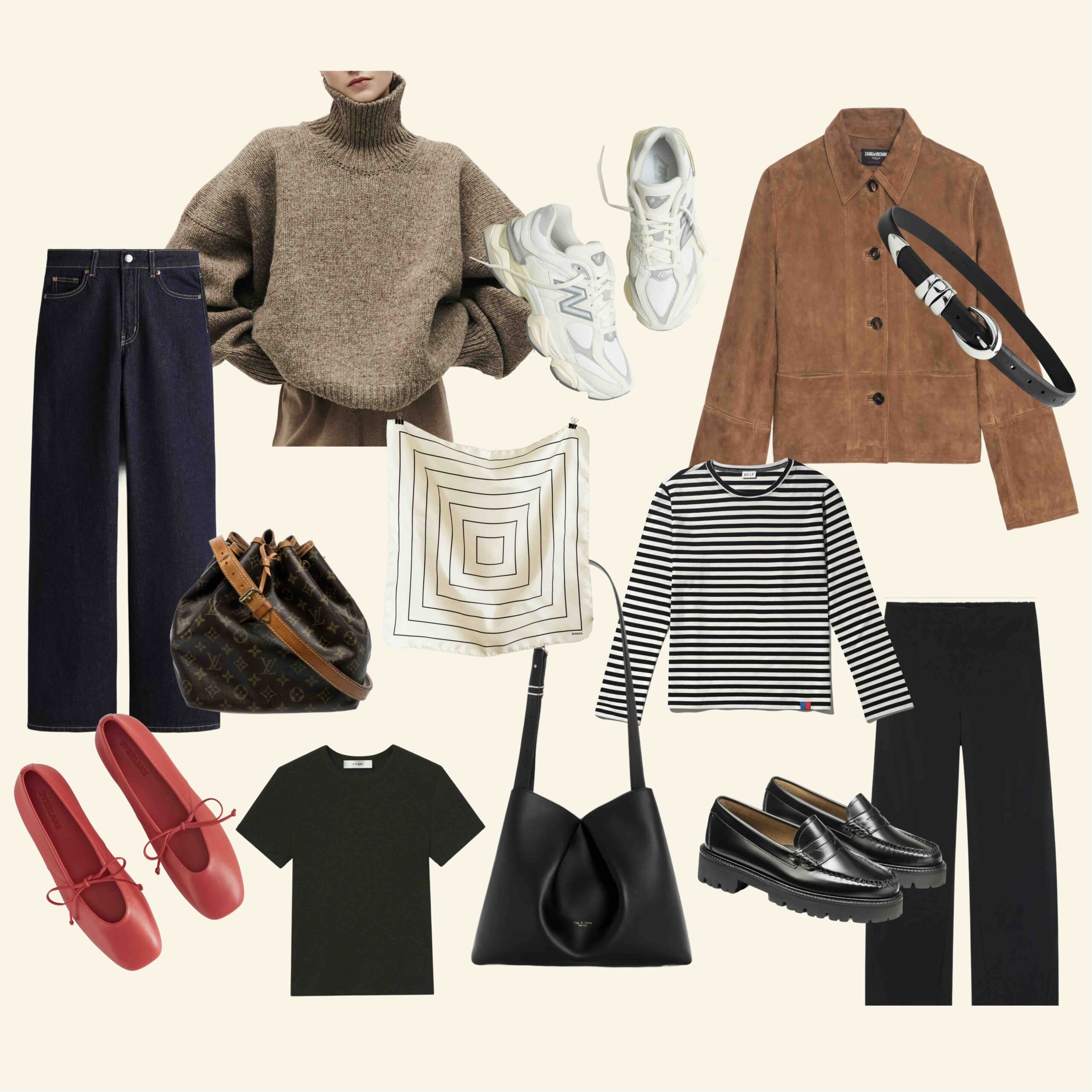Letting Go of Armor, Leaning Into Authenticity, and Why Wit & Delight Is Still Here


You might have wondered last summer: Why is Kate compelled to continue to be here? Why not sell what’s left of Wit & Delight and move on like so many of her peers did?
My answer to you disappoints. Because really, I don’t know. But I do know the roads that pointed away from writing felt like being sucked into a black hole. I had a choice of which abyss I would fall into.
The question that came—What else could I do?—had an answer: This is what I do best.
While the road away from Wit & Delight was the ultimate self-betrayal, I refused to face it for months. Because while I knew I couldn’t let it go, I also couldn’t bear the shame of staying.
Staying required I pay a price: that I face the questions I did not hold answers to.
How do I be who I am?
How do I be who I am when the price is daily criticism?
How do I be who I am when I don’t know who holds the switch: me or you, the reader?
When the Armor Falls Away
In June, I was listening to an interview with Brené Brown on one of my many walks, her words floating over the vibrations of my steps ringing between my ears.
In the interview, Brené talks about the armor we all collect throughout our lives. Armor is the protective behaviors and attitudes we adopt to shield ourselves from perceived vulnerability, shame, or judgment. These behaviors can include things like perfectionism, cynicism, people-pleasing, emotional numbing, overachievement, and withdrawing from relationships.
The armor serves its purpose to help us feel safe when we venture out into the world and break free from our family unit—to find love, work, and life outside the comfort of the familiar.
The cost of this armor is vulnerability; the armor is often born from the fear of being seen as inadequate, flawed, or unworthy. We believe it will protect us from the pain of this vulnerability: rejection, criticism, or disappointment.
It works until it becomes too heavy to carry. Then it falls away.
Brown says this process of falling away happens between our late thirties and mid-fifties.
I pick up my pace. No, no, no. I’m not ready.
I was about to get a lesson on the difference between understanding the concept of vulnerability and actually living it.
My armor turned to dust and evaporated from my body in the heat of July. I felt naked, afraid, and exposed, and wanted the shelter of home and the naivety of my childhood. I found myself crouched down with my kids, my eyes at their level, barefoot, rolling in the grass, asking them questions about their imagined worlds. We made messes, cookies, and gloopy Play-Doh sculptures, stayed up late, and smelled of salt, earth, sweat, and love. Their worlds were not imagined. They were lived.
Kids aren’t half-baked versions of adults. They are whole and intact, yet to be bent and squished and shaped into versions of themselves they’ll come to undo later in life. How wise they are; how shortsighted we are not to see them as teachers.
I threw them around in the lake, jumped off docks, and rushed down water slides. They blinked back at me, little buddhas of joy and delight. Kids aren’t half-baked versions of adults. They are whole and intact, yet to be bent and squished and shaped into versions of themselves they’ll come to undo later in life. How wise they are; how shortsighted we are not to see them as teachers. A guide back home.
Embracing What It Means to Be Human
I started to look at my social media feed differently. I celebrated others’ successes—really celebrated them. My heart burst with joy when I saw longtime peers make huge achievements. Just like any cohort, we’ve moved through the same specific trials and tribulations of our industry, and I know how the sausage is made. I know what they’re made of to get there. And I saw a glimmer of what I was made of, too.
When I got hot under the collar, I gave way to the anger, owned it, and let it go. I looked at what bothered me or rubbed me wrong and learned the virtue of saying, “No, that’s not for me.” I learned to see envy, disgust, and jealousy as beacons of light on a foggy shore. I swam toward them with curiosity, spelunking dark caverns for mined pieces of myself hidden beneath the rubble and ash of my now defunct armor.
I told my husband how I truly felt when he asked. I did not mince words. I didn’t worry about the heaviness of my humanity or if I was a burden for him to bear. I did not hold on to comments meant to hurt. I didn’t hold on to comments I didn’t understand.
I felt peace and realized I didn’t have to express every opinion on my tongue. I didn’t have to perform for anyone. I learned the virtue of keeping much of my life private. I learned to sustain criticism and hold space for nuance. I learned to live with multitudes and expansiveness. I had a lot of space to give others once I learned to give myself space. We can all be brave, scared, petty, lustful, bright, brilliant, stupid, silly, frivolous, profound, loving, and cunning—humans with permission to expand fully into our humanity.
Leaning Into Authenticity—And All That Comes With It
Part of allowing yourself to be who you are is being open to all the implications of your authenticity. You’ll find people who are for you, people who are against you, and people who don’t see you at all. But you’ll never know who is who unless you allow them to meet you.
I was searching for the answers to How to Be Me.
I was searching for my next chapter to avoid facing the end of this one.
I found neither.
What I did find is the courage to be open to unanswered questions.
The courage to contain multitudes.
The courage to extend grace to others.
The courage to live and write and be here without the armor.
Part of allowing yourself to be who you are is being open to all the implications of your authenticity. You’ll find people who are for you, people who are against you, and people who don’t see you at all. But you’ll never know who is who unless you allow them to meet you.
We can weave a tapestry out of the rags of our failures. We can assemble new homes from the wreckage of what collapsed. The cost is that to build anew, we must face ourselves. We must face the implications of our pain. We must come to terms with the strength it takes not to turn away from it all. The gift of that discomfort is the pearl—the knowledge that you are not built to break. You can be who you are, fall apart, and have lost nothing at all.
That’s when I knew why I wasn’t done here.
Flowers Grown From Cracks
When I think back to the woman who started this site, she is me but is also a version of myself I no longer resemble. She is nestled inside my core. She needed this place to express the seeds of her pain, pain so compressed and hard in her chest it was fused to her organs. This pain was vital to her survival, an inoperable mass inside her. Year after year, this pain gave way to the natural erosion of life and love, like the boulder on the side of a mountain, dotted with little flowers pushing up between the cracks and crevasses, standing delicate and proud in the harshest of climates.
Then the cracks gave way, and the mass collapsed. This is what remains.
Am I brave enough to create the conditions for a field of flowers to grow, in a place where only the hardiest tend to survive? Just maybe.


Kate is the founder of Wit & Delight. She is currently learning how to play tennis and is forever testing the boundaries of her creative muscle. Follow her on Instagram at @witanddelight_.
BY Kate Arends - January 30, 2024
Most-read posts:
Did you know W&D now has a resource library of Printable Art, Templates, Freebies, and more?
take me there
Get Our Best W&D Resources
for designing a life well-lived




Thank you for being here. For being open to enjoying life’s simple pleasures and looking inward to understand yourself, your neighbors, and your fellow humans! I’m looking forward to chatting with you.
Hi, I'm Kate. Welcome to my happy place.
















Like what you see?
Share Wit & Delight with a friend: